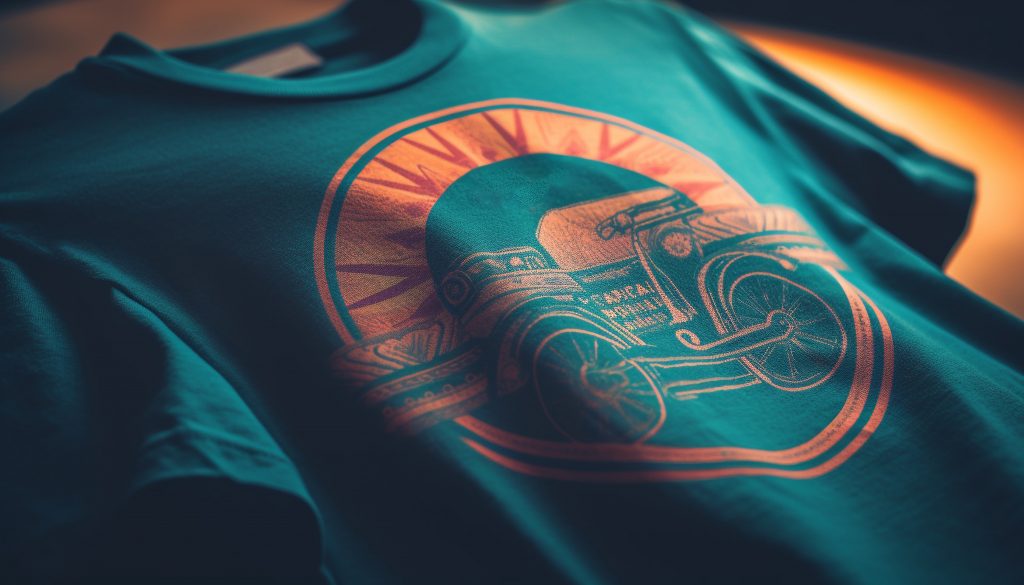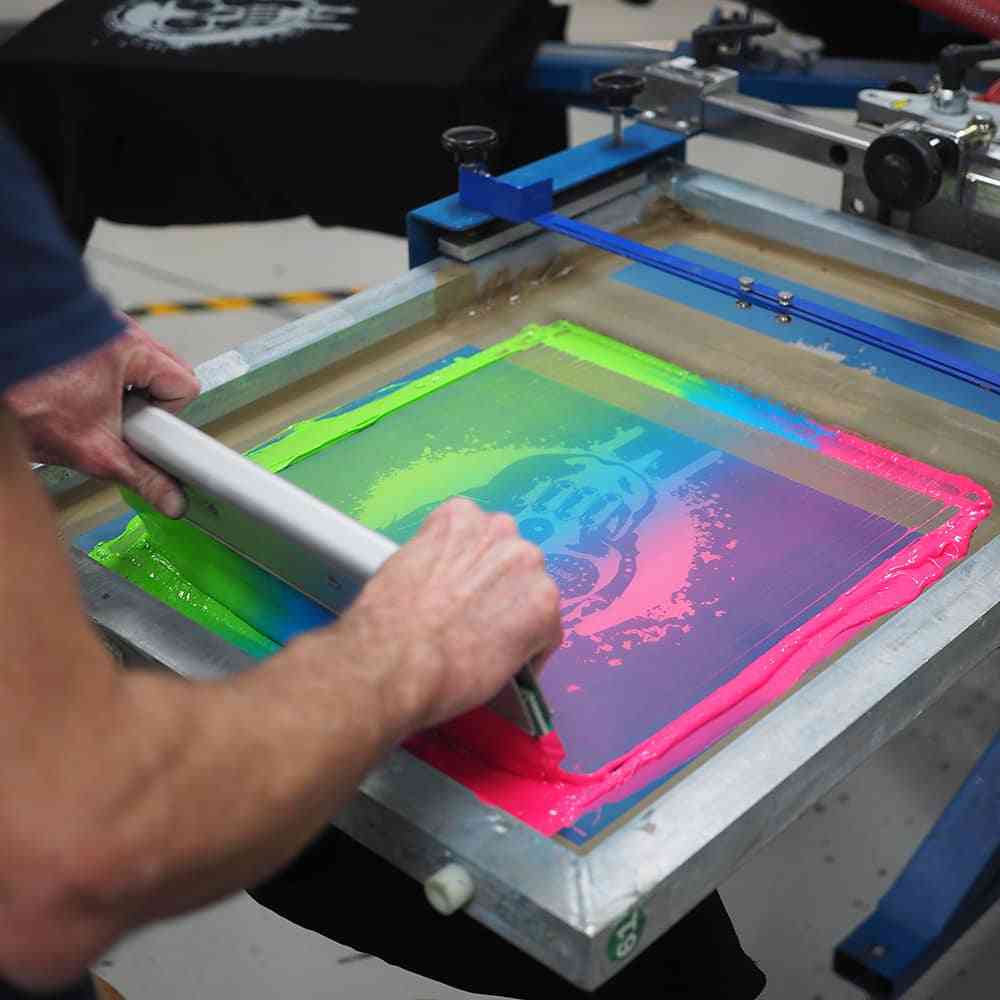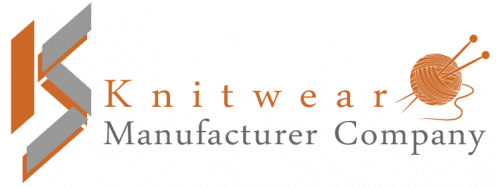DTF vs Screen Printing: A Comprehensive Guide for Custom Printing Services
When it comes to custom printing services, businesses and customers alike often face a choice between various printing methods. Two of the most prominent options are Direct to Flim (DTF) and Screen Printing. Both techniques offer unique advantages, and understanding their differences can help customers make informed decisions about their custom print orders. In this blog post, we’ll explore DTF and Screen Printing in depth, analyzing their processes, advantages, limitations, and the best use cases for each.
What is Direct to Flim (DTF)?
DTF is a modern printing technique that involves creating a high-resolution digital design and transferring it onto a special film. This film is then heat pressed onto the desired material, such as fabrics, plastics, or other surfaces. DTF offers excellent color accuracy and is widely used for printing vibrant and detailed designs.

The DTF Process
- Design Creation: A digital design is created using graphic design software, ensuring that all details are high resolution and prepared for print.
- Digital Printing: The design is printed onto a specialized transfer film using a high-quality digital printer.
- Heat Pressing: The printed transfer film is aligned on the material to be printed, such as a t-shirt or a hoodie, and is then applied using a heat press machine.
- Peeling & Setting: After heating, the transfer film is peeled away, leaving the design firmly affixed to the material. The heat press ensures that the ink adheres properly.
Advantages of DTF
- High Detail: One of the greatest benefits of DTF is its ability to reproduce detailed and intricate designs. This makes it perfect for customers who want high-quality, complex artwork with multiple colors or photographic images.
- Vibrant Colors: DTF is known for producing bright, vibrant colors that pop on any material, making it an ideal choice for eye-catching prints.
- Versatility: DTF works well on a wide range of materials, including cotton, polyester, leather, and other surfaces. It’s also perfect for printing on hard-to-print items like hats, shoes, and bags.
- Low Setup Cost: Unlike screen printing, which requires preparing individual screens for each color, DTF allows for faster setup. There’s no need to create multiple stencils, which saves time and reduces setup costs.
Limitations of DTF
- Durability: While DTF prints look stunning initially, they may not be as durable as screen printing over time. Repeated washing and wear can sometimes cause the print to fade or peel, especially if not cared for properly.
- Cost for Large Orders: While the setup cost is low, the per-unit cost can be higher for large orders, as the process is more labor-intensive compared to bulk screen printing.
- Limited Scale for Bulk Orders: DTF is more suited for small to medium batch orders. For larger-scale orders, it may not be the most cost-effective solutio
What is Screen Printing?
Screen Printing is a traditional method of printing that involves pushing ink through a mesh stencil (screen) onto the desired surface. Each color in a design requires a separate screen, making the process more involved but incredibly durable and cost-effective for larger orders.

The Screen Printing Process
- Creating the Screen: For each color in the design, a separate screen stencil is created. The mesh screens are coated with a light-sensitive emulsion and exposed to light with the design printed on them.
- Ink Application: Ink is applied to the screen, and a squeegee is used to press the ink through the open areas of the stencil, transferring the design onto the fabric.
- Layering Colors: For multi-color designs, the process is repeated with each screen until the entire design is transferred.
- Curing: After the print is applied, the fabric is placed in a curing machine or heat press to set the ink, ensuring durability.
Advantages of Screen Printing
- Durability: Screen printing is renowned for its longevity. The ink bonds deeply with the fabric, which means the design can withstand frequent washing, wear, and tear without fading.
- Cost-Effective for Large Orders: While screen printing involves more upfront setup work, it becomes extremely economical for bulk orders. Once the screens are prepared, printing can be done rapidly at a lower cost per unit.
- Thick, Textured Prints: Screen printing can produce prints with a tactile, raised feel, which many customers prefer for t-shirts and hoodies. The ink can also be layered for more depth in the design.
- Wide Range of Ink Options: Screen printing supports various specialty inks such as glitter, puff, metallic, and glow-in-the-dark, offering customers creative customization options.
Limitations of Screen Printing
- Limited Detail for Complex Designs: Screen printing struggles with reproducing highly detailed designs, especially when they involve gradients or photographic-quality images. The need to use separate screens for each color can also limit how intricate a design can be.
- Longer Setup Time: Creating screens for each color in the design takes time, which can make the process less efficient for small-batch orders or one-off prints.
- Environmental Concerns: Traditional screen printing often uses chemicals and requires water during the process, which can have a higher environmental impact compared to TDF’s more digital-based workflow.
Comparing DTF and Screen Printing
Quality & Detail
- DTF excels in reproducing fine details, photographic images, and vibrant colors. If a design includes complex gradients or intricate artwork, DTF is often the better choice.
- Screen Printing provides a bold and durable finish but may not capture the same level of detail, especially with designs that involve multiple colors or intricate elements.
Durability
- Screen Printing is typically more durable over time, making it an excellent option for apparel like t-shirts and hoodies that will see frequent use and washing.
- TDF produces high-quality prints but may not withstand the test of time as well as screen printing, particularly if not properly cared for.
Cost-Effectiveness
- DTF is more cost-effective for small runs, custom one-offs, or detailed designs requiring high-resolution printing.
- Screen Printing becomes more economical for larger orders, especially when using fewer colors.
Best Use Cases
- DTF is perfect for:
- Small custom orders
- Complex and detailed designs
- Designs requiring a broad spectrum of colors or photographic images
- Items that require flexibility in printing material, such as shoes, bags, or caps
- Screen Printing is ideal for:
- Large batch orders (like bulk t-shirts for events)
- Simple designs with few colors
- Apparel that will be worn and washed frequently
- Designs that benefit from specialty inks or textures
Conclusion: Choosing Between DTF and Screen Printing
Both DTF and Screen Printing have their strengths, and the best choice depends on the specific needs of the project. If you’re looking for fine detail, vibrant colors, and the ability to print on a variety of surfaces, DTF is an excellent option. On the other hand, if you need a durable, long-lasting design for large batch orders, Screen Printing will give you the best value for your money.
When deciding between the two, consider the complexity of your design, the number of items being printed, and the durability required. At [KS Knitwear], we offer both DTF and Screen Printing to cater to every custom printing need. Reach out to us today to discuss which method is right for your project!

